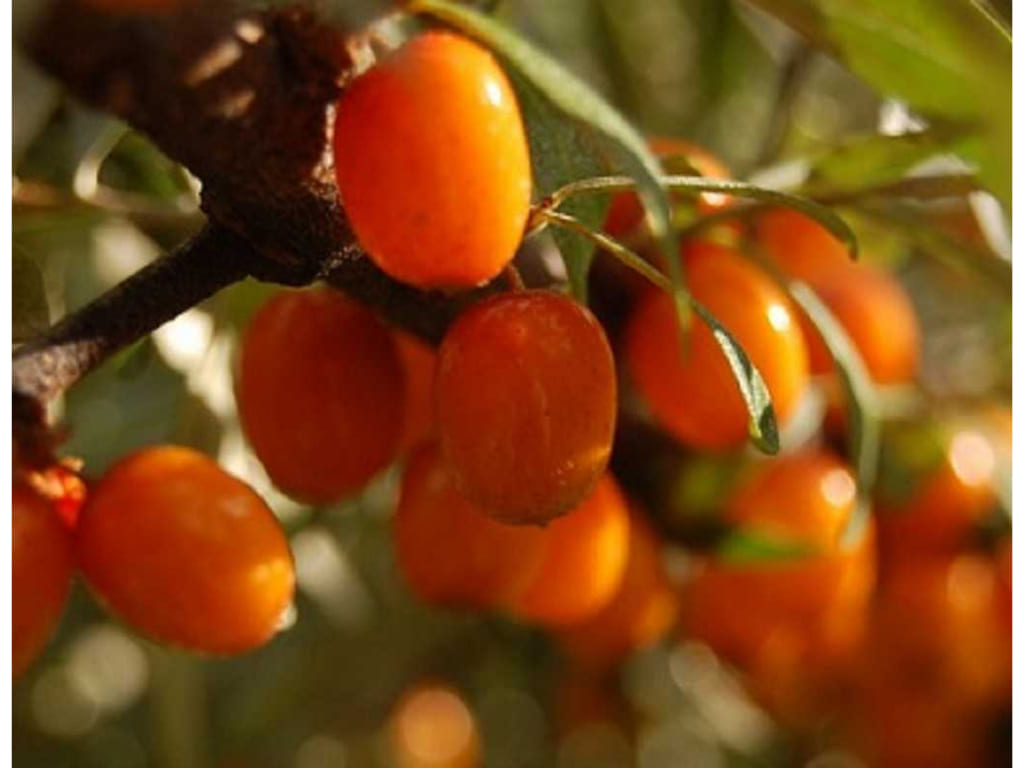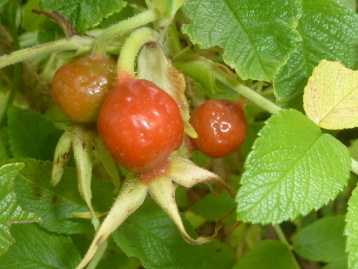You Can’t Eat Money
But… as our seemingly successful civilization will happily point out, you can eat quite well with money. Nonetheless, the results of our civilization's remarkable ability to mold our very existence around the pursuit of money, means that yes, we can indeed feed ourselves with money, but the Faustian bargain does not end there, because by our very pursuit of money we are also feeding an insatiable machine that only knows how to chew up the 'other' and replace it with the money.
"When the last tree is cut down, the last fish eaten and the last stream poisoned, you will realize that you cannot eat money"
As we have slowly tried to step down our pursuit of this money machine, we find ourselves continually amazed at how almost every region has the ability to provide the nutritional needs for its inhabitants without the medium of money. Take Vitamin C for example. In our northern climate citrus can’t really be grown outside, but one plant that can grow well here is the Sea Berry. This little delicate berry has been shown to exceed the vitamin C that we must currently pay for to be shipped in from the south.
"From that time forth he believed that the wise man is one who never sets himself apart from other living things, whether they have speech or not, and in later years he strove long to learn what can be learned, in silence, from the eyes of animals, the flight of birds, the great slow gestures of trees."
Sea Berry is often referred to as Sea-Buckthorn, and is found in the fascinating Elaeagnaceae family. It is an incredibly spiny plant that makes harvesting a true art, but it is well worth the trouble for its many beneficial properties, for this plant not only produces extremely nutrient dense fruit that is a wonderful alternative to orange juice in temperate climates, but it also has the ability to improve soil by fixing atmospheric nitrogen back into it.
"If a man walks in the woods for love of them half of each day, he is in danger of being regarded as a loafer. But if he spends his days as a speculator, shearing off those woods and making the earth bald before her time, he is deemed an industrious and enterprising citizen."

